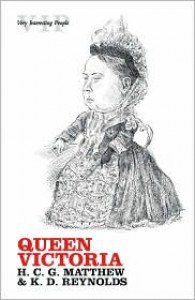An excellent introduction to the iconic monarch

As one of the last monarchs whose name is associated with an era, Queen Victoria comes across more as an icon than as a person. Yet the stout figure seemingly always dressed in mourning always had to walk a fine line between these two poles. Viewed from birth as a likely future monarch, Victoria led a isolated life as a child thanks to her mother and a key member of her household, both of whom sought to usurp her future authority as queen. Asserting herself soon after her accession to the throne, she nonetheless submitted willingly to her husband, Price Albert of Saxe-Coburg, deferring unquestioning to his counsel throughout their marriage. Devastated by his death, she eventually emerged from her seclusion to assume a politically active role in the later decades of her reign, spending her final years as a beloved and venerated figure among the British people
Summarizing Victoria’s life for the Oxford Dictionary of National Biography, from which this short study is derived, was the joint task of its editor, H. C. G. Matthew, and one of his former students, K. D. Reynolds. Matthew’s premature death, however, left Reynolds to finish up the entry. His achievement is an impressive one that combines insight with brevity to provide a remarkably comprehensive summary, one that shrugs off the longstanding myths and imagery to allow a real person of flesh and blood to emerge. It makes this book an essential starting point for learning more about the queen, one unlikely to be bettered in its evaluation of Victoria’s life and reign.
 1
1






